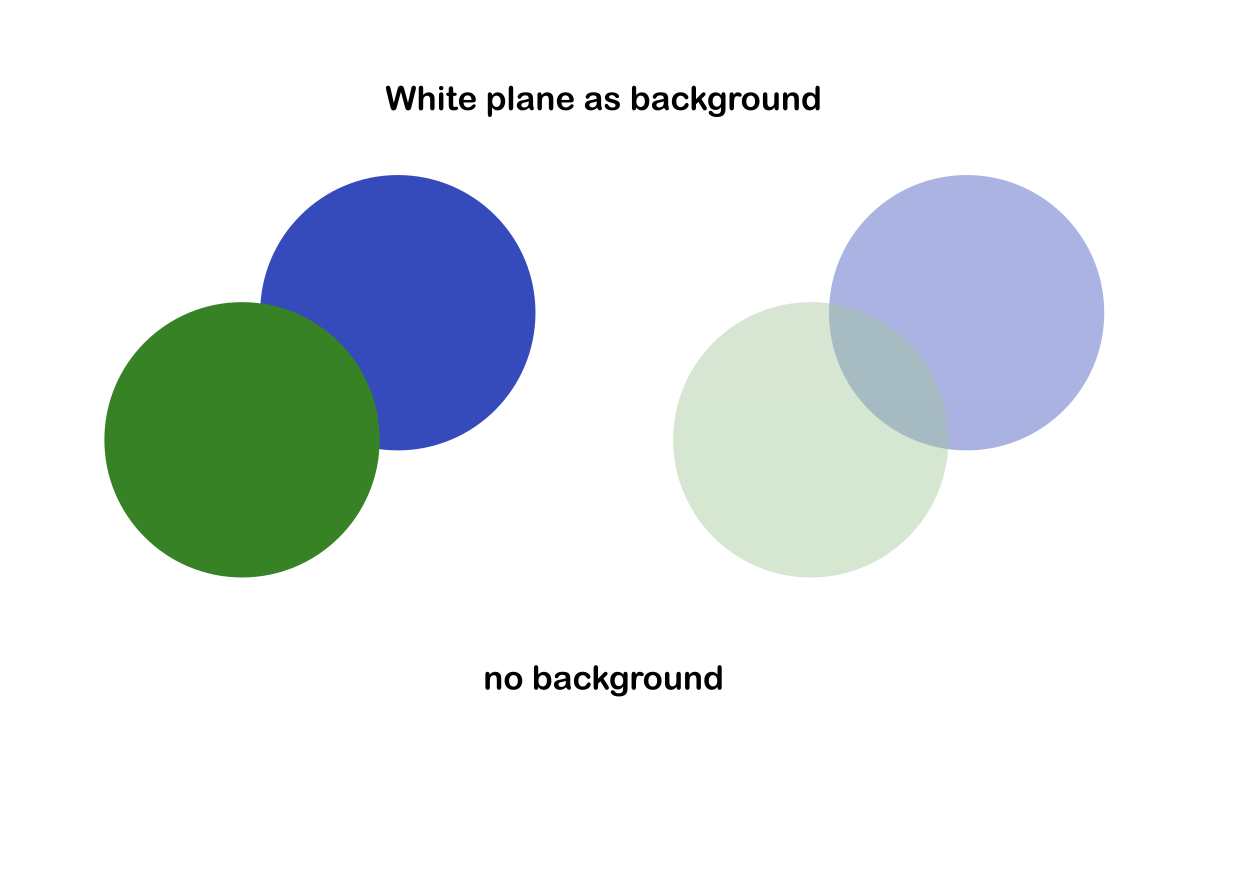

You will not be able to see through the butter paper clearly. Butter Paper Go to your kitchen, find some butter paper, and look through it. Examples of Translucent Objects Vegetable oil Sunglasses A single piece of tissue paper Sauteed onions Wax paper Detailed Examples Colored Liquids If you pour some colored liquid into a glass bottle, you will not be able to see clearly through the liquids. You cannot see anything clearly through any translucent object. Transparent objects are also called see-through objects because you can partially see through them. Any items placed on the other side of translucent objects can’t be seen clearly. Translucent items let light partially pass through them. Characteristics of Translucent Objects Faint shadow forms in translucent materials because they don’t block all of light. Boundaries In a polycrystalline structure, the grain boundaries and in an organism the cell boundaries can act as scattering centers. Crystallographic DefectsĪny fluctuations in the composition of a crystal structure can result in the scattering of light.

And where the fluctuations happen, the light rays scatter. The density fluctuations can also result in scattering centers. This can cause irregular refraction and inaccurate transmission. Why Does Translucency Occur? Non-Uniform Density Due to the non-uniform distribution of matter, an object can have a different density in different parts. As a result, we only see unclear and fuzzy images of the items present across translucent objects. When light encounters translucent objects, some of it passes directly through them but some of it doesn’t. So, when you look through translucent objects, you can spot the objects on the side but you can’t tell what they are. What Are Translucent Objects? The word translucent is used to refer to an object that allows light to pass through it but it doesn’t show clear images on the other side. However, it is important to keep the clarity of the water in mind because if it isn’t clear, you won’t be able to see through it clearly. Water If you have ever tried looking at something through the clear water, you w ill know how clear it is. For instance, if you ever travel by plane, look outside the window, how clear the air is. If it is clear, we can easily spot everything. AirĪir is everywhere in our surroundings. If you look at something written on a piece of paper through a diamond, you will be able to read it clearly. Diamond Diamond is the clearest object ever made. Light passes completely through these glass objects which is why they are transparent. Glasses We use a lot of items made from glass in our daily life such as water glasses, fish tanks, lenses, spectacles, and watches, etc. Examples of Transparent Materials Cellophane Glass windowpane (Clear) Glass light bulb (clear) Cling wrap Detailed Examples Prism Prism is one of the most transparent materials known to man. They are also called see-through objects because you see through them as clear as day. You can clearly see the other side through a transparent object. A shadow doesn’t form in transparent objects because they don’t block any light. Characteristics of Transparent Materials Any item placed on the other side of a transparent object can be seen clearly. As a matter of fact, you even see intricate details such as colors through transparent objects. So, transparent objects are items through which you can clearly see things that are present on the other side by looking through that item.Īlmost all the light that comes in contact with transparent materials passes directly through them. Let’s take a look: What Is Transparent Object? The word transparent is used to refer to something that is see-through or clear. We have explored and explained all these objects (translucent transparent opaque) with the help of definitions and examples. While some people may think that they’ve similar meanings, they don’t. Translucent, Opaque, and Transparent Materials | What’s the Difference? Translucent, opaque, and transparent materials are all different ways to explain how certain objects let visible light pass through them.


 0 kommentar(er)
0 kommentar(er)
